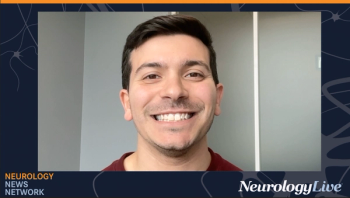
|Slideshows|April 28, 2017
Acute Stroke Treatment and Outcomes: AAN 2017
Author(s)Samantha J. Peterson
The effect of blood pressure on IAT safety and benefit and pediatric stroke outcomes based on treatment were some of the studies presented at AAN.
Advertisement
Studies presented during AAN 2017 highlighted acute stroke treatment and outcomes, including impact of hyperglycemia on collaterals and stroke outcome, short door-to-needle times, the effect of blood pressure on intra-arterial treatment, and outcomes in pediatric stroke.
Newsletter
Keep your finger on the pulse of neurology—subscribe to NeurologyLive for expert interviews, new data, and breakthrough treatment updates.
Advertisement
Latest CME
Advertisement
Advertisement
Trending on NeurologyLive - Clinical Neurology News and Neurology Expert Insights
1
FDA Reverses Course on AMT-130, Citing Insufficient External Data for Submission
2
Early Phase 3 Data Highlight Convenience and Feasibility of Self-Administered Alzheimer Agent Remternetug
3
Exploring Complement Inhibition and Claseprubart in CIDP
4
Incorporation of Mini-Mental State Exam Z-Scores May Increase Eligibility for Anti-Amyloid Treatments, Study Suggests
5


































